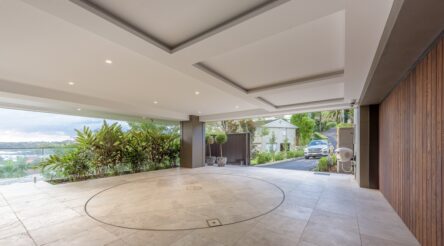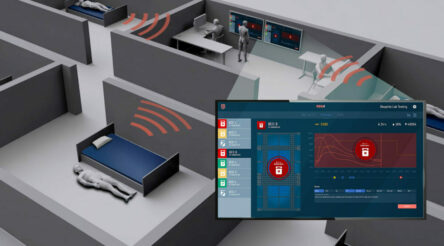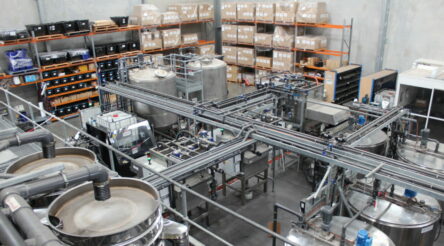A decade in and no sign of slowing for Australian AM company
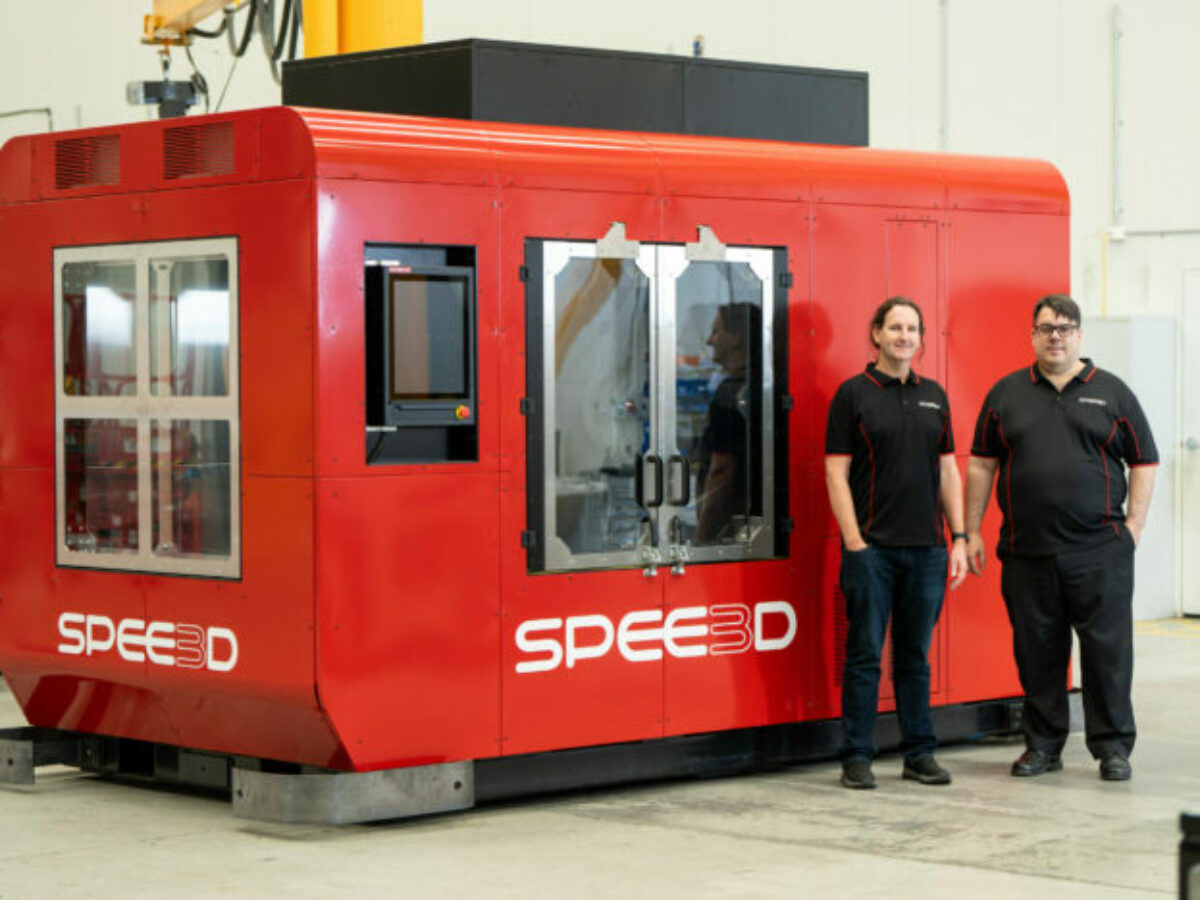
(Sponsored)
There’s a breed of innovation present here, and which we don’t value highly enough, believes Steve Camilleri.
The CTO and co-founder of cold spray additive manufacturing company SPEE3D explains it as a blend of professionalism and irreverence: a technical cleverness allowing a lot to be accomplished with a little, plus a refusal to accept that a big company’s approach to a certain problem isn’t always superior.
“I find that quite valuable. I find I don’t have any problem getting people from other places to adopt that culture,” he tells @AuManufacturing.
“But you’ve got to convince them it’s okay. And they love it once they work out that that’s the way it works.
Sometimes people need reminding that clever people abound in manufacturing in Australia. This title regularly speaks to companies contributing world-firsts and solving incredibly difficult problems.
Camilleri’s is one such company, and he says it’s the only in the world using cold spray for additive manufacturing.
The method uses powders accelerated to supersonic speeds, which are blasted onto a surface where they fuse without the need to go from solid to liquid then back again. The physics, material, control system and other challenges behind harnessing this method to create useful parts are vast. But an Australian company beats the world in this niche.
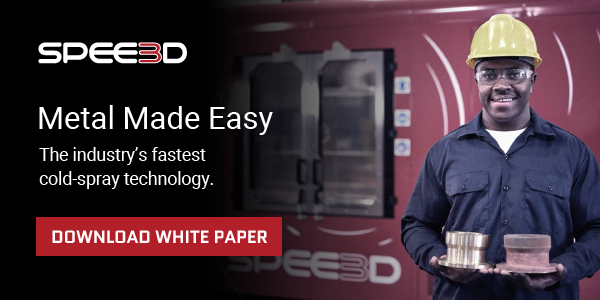 Camilleri and co-founder Byron Kennedy are not first-time entrepreneurs or manufacturers, and their previous venture, In Motion Technologies – sold to a multibillion-dollar NYSE-listed company – developed and commercialised a novel electric motor technology. (Camilleri estimates their tech is found in about 80 per cent of the world’s pool pumps.)
Camilleri and co-founder Byron Kennedy are not first-time entrepreneurs or manufacturers, and their previous venture, In Motion Technologies – sold to a multibillion-dollar NYSE-listed company – developed and commercialised a novel electric motor technology. (Camilleri estimates their tech is found in about 80 per cent of the world’s pool pumps.)
The pair stayed on and helped set up factories and lead R&D. Along the way they noticed the problems around additive manufacturing to do with costs and slow builds. They founded SPEE3D a decade ago to do better.
Though they have managed to create a process an estimated 100 – 1,000 times faster than laser-based AM methods, there is no shortage of other frontier challenges that have opened up.
These include new material systems based on cold spray (there’s a metallurgical handbook to be written on the subject, believes Camilleri) and using the technique at sea.
In this episode of @AuManufacturing Conversations with Brent Balinski, Camilleri shares his thoughts on overcoming our national crisis of confidence when it comes to manufacturing, their approach to raising capital, why he prefers to live and work in Darwin rather than Melbourne, and more.
Episode guide
1:13 – One way to look at SPEE3D is as a “shardware” company.
2:22 – Additive manufacturing allows for a blend of systems engineering, mechatronics, control and materials engineering.
3:52 – Many of the world’s most complex problems can be understood by looking at what is occurring with energy.
4:28 – The company is roughly doubling year-on-year, which is a positive but also presents its challenges.
5:30 – The Australian government can be good at supporting smaller businesses with speculative technology. Then you need big C capital, which isn’t abundant here.
7:00 – The riskiness of trying to grow organically.
8:48 – Roughly 50 machines sold so far, including seven for Ukraine in late-2023. “It’s an export market.”
9:56 – The emergence of defence as an important – though not the only – market for SPEE3D.
10:45 – The sad disappearance of foundry skills in the US, the UK and here.
13:20 – Cold spray. How new it is, the three classes it has evolved into, the level of maturity, and what’s currently being addressed.
15:30 – No real competitors in AM with cold spray.
16:26 – A whole handbook waiting to be written on metallurgical science and cold spray.
18:06 – A lot of the focus currently is about making the process more accessible.
19:18 – Why the idea that everything will be 3D printed is incorrect, and that established production methods have a long future ahead of them.
21:06 – The economics of adding value to ores such as bauxite and what problems need solving.
23:15 – The crisis of confidence in manufacturing here and why advanced manufacturing can solve that.
25:00 – The attitude Australians bring to innovation based on professionalism mixed with irreverence, and why we should think more highly of it.
26:35 – Going from an Australian to an international company.
28:04 – Camilleri’s approach to innovation, lessons from work with the Australian Army, and some thoughts on how to orient your R&D efforts.
30:55 – The technical impressiveness of certain kinds of additive manufacturing can also be distracting.
32:35 – Why Camilleri prefers to be based in Darwin rather than Melbourne, and the northern city’s “Oak Ridgey”-ness.
Main picture: Camilleri (right) and Kennedy
This article and podcast were created in collaboration with SPEE3D.
Topics Podcast Technology
@aumanufacturing Sections
Analysis and Commentary Awards Defence Manufacturing News Podcast Technology Videos


